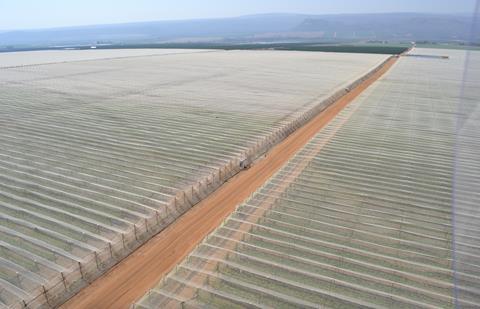Growers have started packing the first volumes in the country’s northern regions
Growers in South Africa’s northern regions, located mostly in the provinces of Mpumalanga and Limpopo, have started the new table grape season amidst indications that the country could see a marginal volume increase compared with last year’s crop.

The northern regions always deliver South Africa’s first new-season grapes, and follow closely on shipments from Namibia, where harvesting started last week.
The harvest in the Orange River is due to start in the last two weeks of November.
Industry leaders, however, pointed out that it would be some time before significant shipments would leave Southern African ports.
The northern regions are expected to pack around 5.8mn cartons this year, compared with last year’s shipments of 6mn 4kg cartons.
In all other regions of South Africa, at this early stage of the season, growers are expected to increase their shipments marginally.
The northern regions have undergone some changes recently, with planted vineyards having been removed.
The estimate of 6mn cartons is lower than the five-year average for the region, and substantially lower than the 7.88mn from the 2020/21 season.
It is located in a summer rainfall region, which makes the task much more difficult to avoid rain and hail damage.
The growers in the region are world leaders in production under netting and plastic covers – which makes the cost of production much higher than in other areas.
It is interesting to note that most of the young vineyards (2-9 years since planting) are of the best varieties available, namely Crimson Seedless, Starlight, Autumn Crisp, Sweet Celebration, Scarlotta Seedless and Sweet Globe. This bodes well for growth in the years ahead.
The South African table grape industry expects 2024/25 season volumes inspected for export to increase by approximately 1 per cent in comparison with the actual inspected volumes of the 2023/24 season.
This figure represents a 6 per cent increase on five-year average volumes, meaning South Africa is well positioned to supply global markets with sufficient quality.
A national crop estimate of 76.4mn cartons is anticipated, with the upper limit expected at approximately 78.7mn cartons and the lower limit at approximately 74.1mn cartons.



